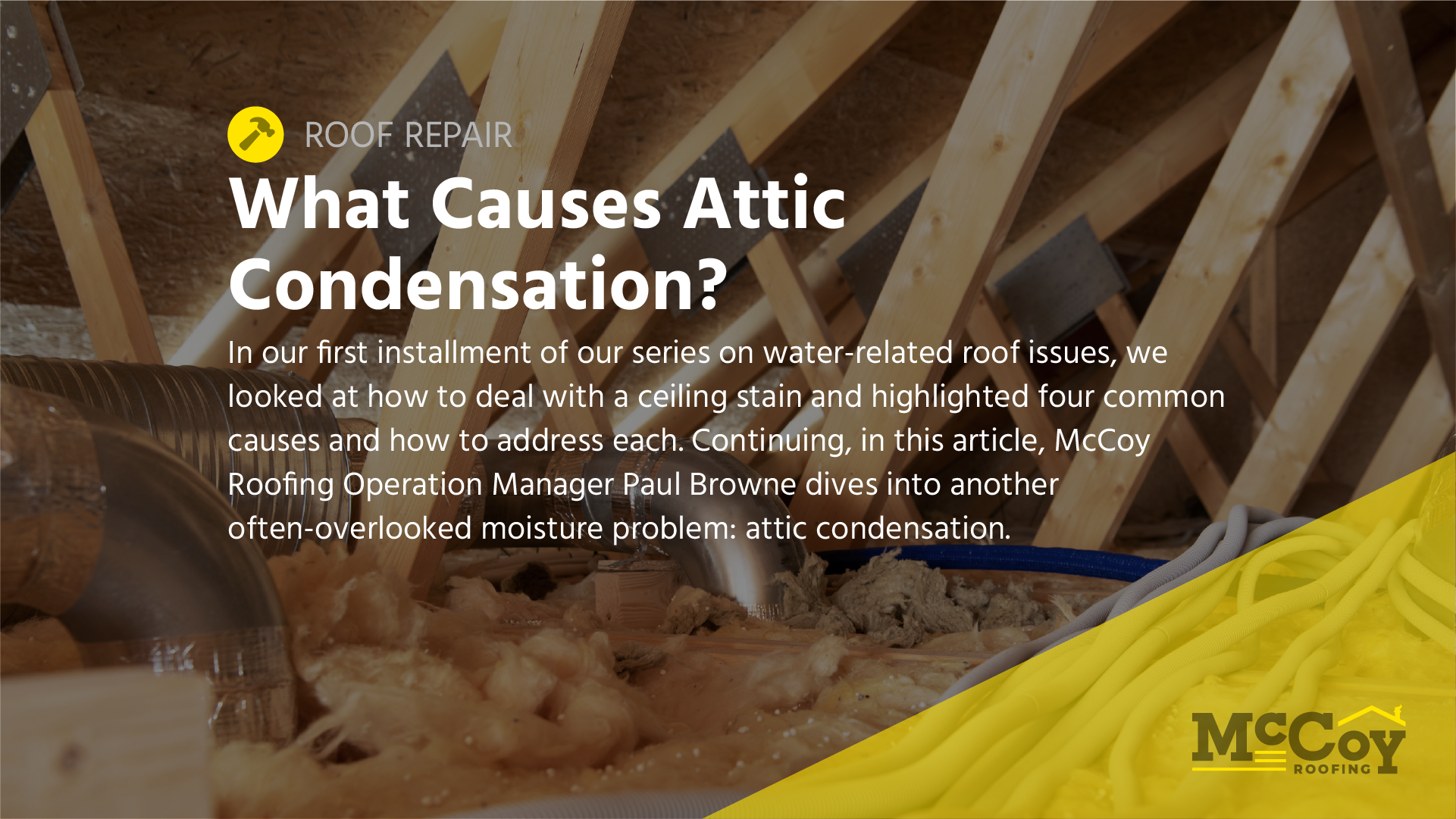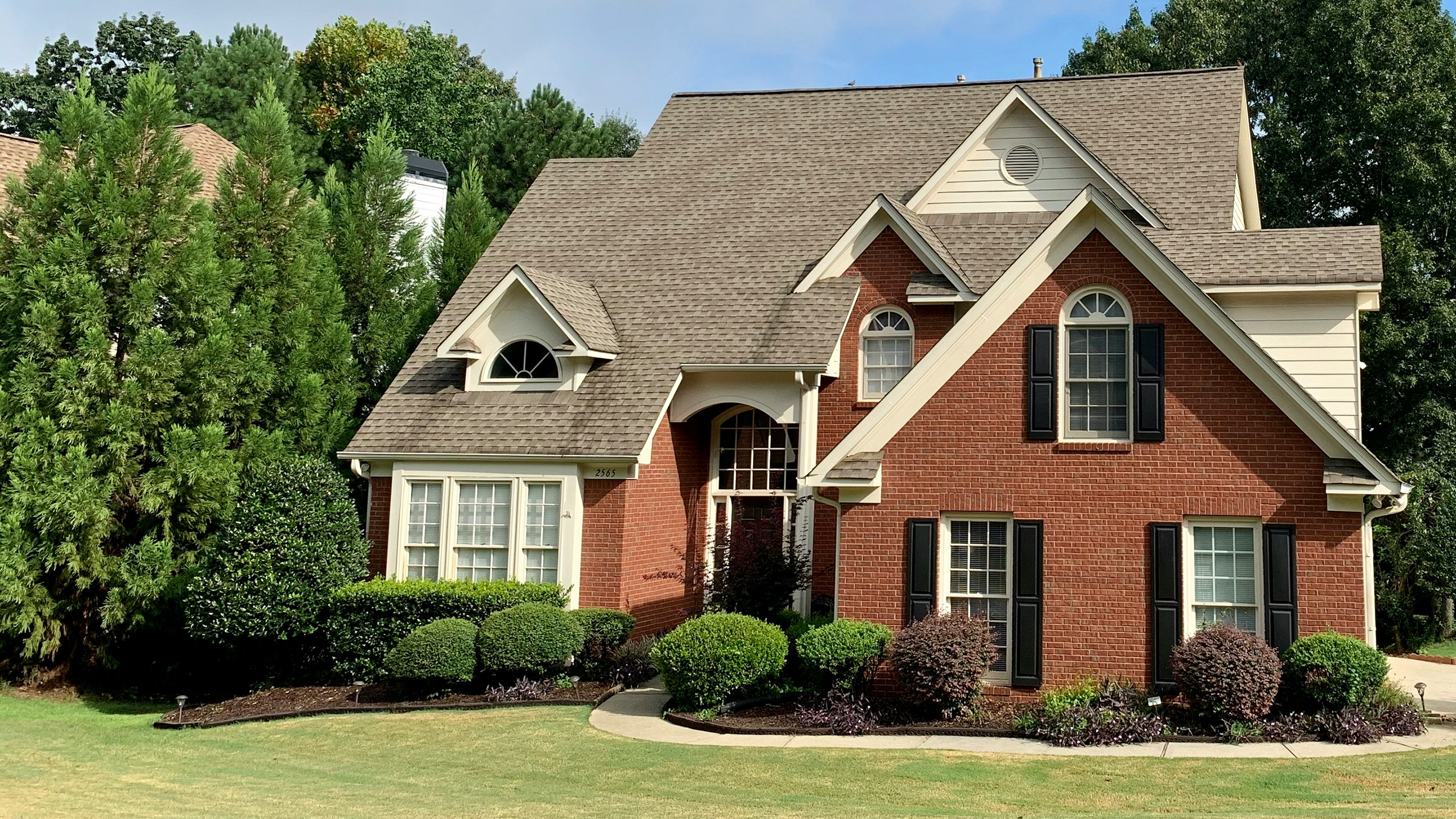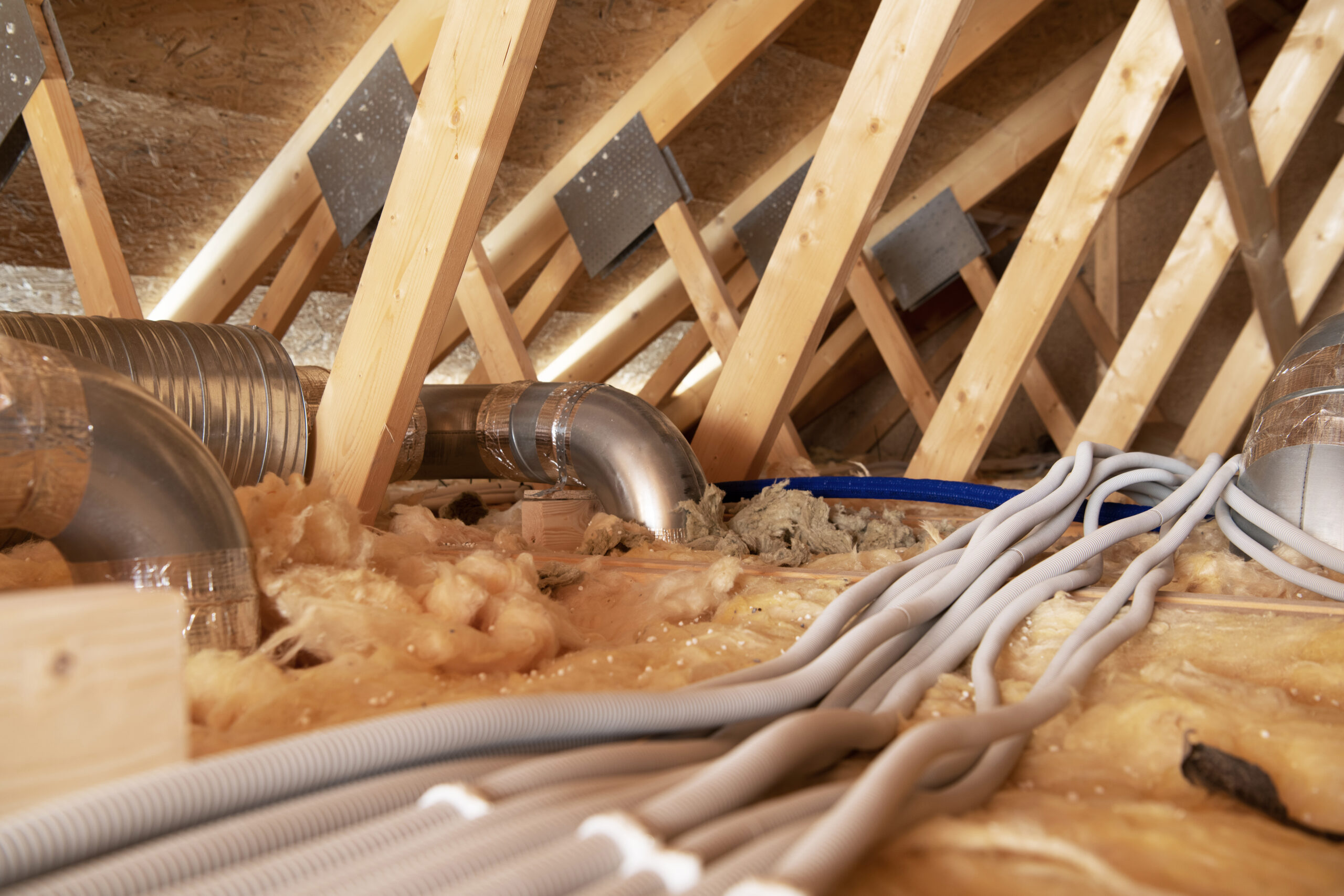

What Causes Attic Condensation?
In our first installment of our series on water-related roof issues, we looked at how to deal with a ceiling stain and highlighted four common causes and how to address each. Continuing, in this article, McCoy Roofing Operation Manager Paul Browne dives into another often-overlooked moisture problem: attic condensation.

“Attic condensation is caused by excess moisture in the attic space that cannot escape efficiently,” says Paul. This trapped moisture can cause a range of issues, from mold growth to roof damage, and is often a result of an imbalance in the ventilation system. When this balance is disrupted, moisture cannot be adequately expelled, leading to potential long-term damage.
Common Sources of Attic Condensation
Several everyday household activities contribute to the buildup of moisture in the attic:
- Long showers: Excessive steam from hot showers can easily find its way into the attic.
- Humidifiers: While helpful for comfort, they add moisture to the air, which can make its way into the attic if ventilation is insufficient.
- Cooking: Boiling water and using other heat sources in the kitchen release moisture into the air that can travel up into the attic.
These activities, though common, can cause problems when combined with a poorly functioning ventilation system.
The Role of Ventilation in Attic Condensation
Because poor ventilation is the primary reason attic condensation builds up, a well-balanced ventilation system is crucial for allowing moisture to escape efficiently. Ideally, your attic should have an equal (50/50) or, at most, a 60/40 balance between intake and exhaust vents. Without this balance, air circulation becomes inadequate, and moisture accumulates.
Paul explains, “If intake vents and exhaust vents aren’t properly balanced, the airflow won’t be sufficient to expel the moisture in the attic.”
Causes of ventilation imbalance—and how to address them
The imbalance in airflow is often caused by blocked soffit, or intake, vents. Some common culprits for blockage include:
- Insulation coverage: If insulation is blocking the soffit vents, airflow is restricted. This can usually be corrected by installing baffles at the soffit vents, attached to the underside of the decking, which allows proper airflow into the attic space.
- Dirt, grit, and grime: Over time, dirt and debris can accumulate in the soffit vents, leading to a blockage. Cleaning or replacing the soffit vents is the typical solution to restore airflow.
- Paint blockage: During exterior painting, it’s common for soffit vents to become clogged with paint, reducing intake airflow. In some cases, cleaning the vents will suffice, but often they need to be replaced.
- Inadequate vent installation: In some cases, the ventilation system was miscalculated during installation. If there aren’t enough soffit (intake) and/or roof (exhaust) vents for the attic’s square footage, the air won’t circulate effectively, and moisture will remain trapped. In such cases, the solution is to recalculate the necessary ventilation and install additional vents as needed.
Protect Your Attic Before Problems Start
Condensation in the attic isn’t just a seasonal inconvenience—it’s a warning sign that your ventilation system may not be functioning correctly. Left unresolved, it can lead to mold, wood rot, and even structural damage. Regular maintenance, keeping soffit vents free from obstructions, and ensuring your home has the right number of intake and exhaust vents can make a big difference in protecting your roof and attic.
If you’re seeing signs of moisture or suspect your attic isn’t breathing like it should, reach out to McCoy Roofing for a free inspection today.
Up Next: The Crucial Relationship Between Roofing, Insulation, and Ventilation
Condensation issues are rarely isolated. In the final installment of our series, we’ll explore how roofing, insulation, and ventilation all work together—and how even one weak link in that system can spell trouble for your home.